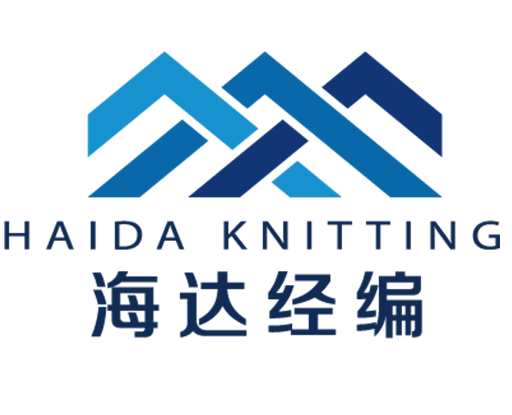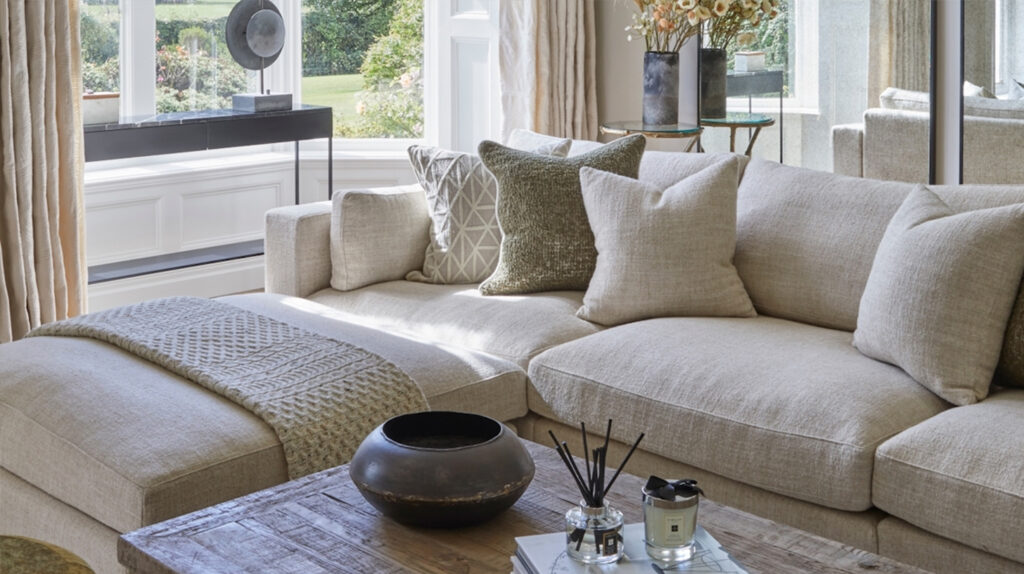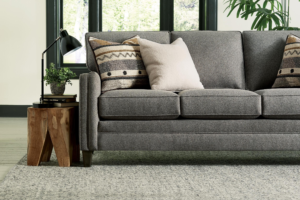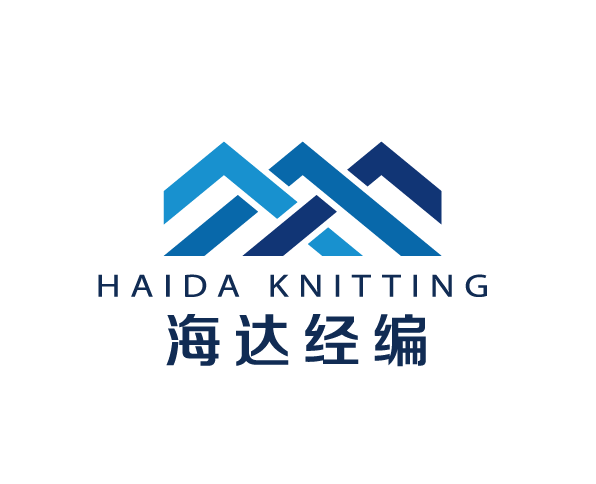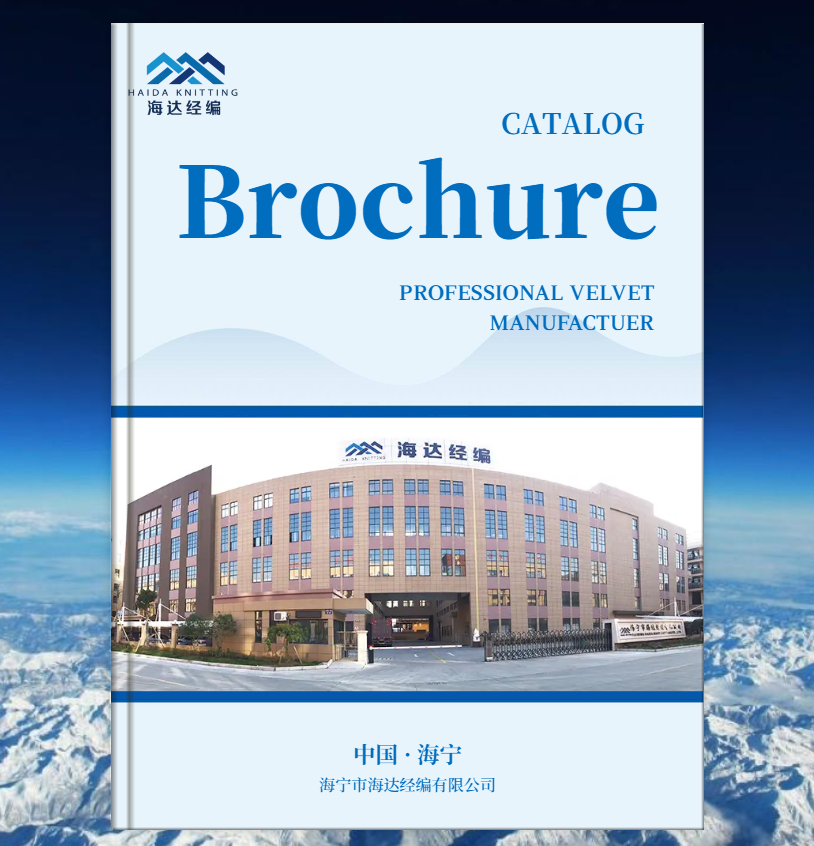When it comes to choosing upholstery for your sofa, texture is a key element that can completely transform the overall look and feel of your living space. While color and pattern are often the primary focus, the texture of the fabric plays a critical role in creating visual interest, adding dimension, and enhancing the tactile experience. Textured fabrics can turn a simple sofa into a statement piece, elevating the entire ambiance of your home.
In this article, we will explore the importance of textured fabrics for your sofa, the different types of textured fabrics available, and how to incorporate them into your living space to create a rich and inviting atmosphere.
1. Why Texture Matters for Your Sofa Upholstery
Texture adds an extra layer of sophistication and depth to any sofa, making it feel more inviting and dynamic. While smooth fabrics like linen or cotton provide a clean, minimalist look, textured fabrics introduce visual complexity and tactility that can enhance the overall aesthetic of your room. Here are some reasons why texture is so important for your sofa upholstery:
- Visual Appeal: Textured fabrics catch and reflect light differently, adding subtle variations that create visual intrigue. The shadows and highlights that result from different textures give depth to your furniture, making the room feel more dimensional.
- Comfort: Certain textured fabrics provide a more comfortable seating experience. For instance, plush fabrics like velvet or chenille add softness, inviting you to sink into the sofa and relax.
- Versatility: A textured fabric can be paired with both simple and bold patterns, allowing it to blend with a variety of design styles. Whether you opt for a neutral, understated texture or something more dramatic, textured fabrics provide flexibility when designing a cohesive living space.
- Conceals Wear and Tear: Textured fabrics are excellent at hiding dirt, stains, and wear. The variations in the fabric’s surface can help mask marks or scuffs, which is particularly useful for high-traffic areas like living rooms or family rooms.
2. Types of Textured Fabrics for Sofa Upholstery
There is a wide range of textured fabrics that can bring different styles, feels, and vibes to your sofa. Below are some of the most popular textured fabrics and their key characteristics:
2.1. Velvet
- Characteristics: Velvet is a luxurious fabric known for its rich, plush texture and soft feel. Its unique construction, which involves cutting loops of yarn, gives it a smooth and shiny appearance that changes depending on the angle of the light.
- Why Choose Velvet:
- Elegance and Sophistication: Velvet exudes an air of luxury, making it perfect for formal living rooms, classic interiors, or any space where you want to add a touch of refinement.
- Versatility in Color: Velvet is available in a wide variety of colors, from deep, rich hues to lighter, pastel tones. Its depth of color is one of its standout features.
- Comfortable Seating: The plush surface makes velvet incredibly comfortable to sit on, adding an extra layer of luxury to your home.
- Considerations:
- Velvet requires more maintenance compared to other fabrics. It’s prone to dust accumulation and may need regular brushing to keep its texture intact.
- Not as durable as other upholstery fabrics, velvet may show signs of wear and piling over time, especially in high-traffic areas.
2.2. Chenille
- Characteristics: Chenille is a soft fabric characterized by its velvety, tufted texture, often woven from cotton, acrylic, or polyester. Its yarns are woven into a pattern that gives the fabric a soft, bumpy texture with a slight sheen.
- Why Choose Chenille:
- Comfortable and Plush: The texture of chenille is highly comforting, making it perfect for sofas and chairs that you’ll want to sink into.
- Durability: Chenille is generally more durable than velvet, especially when made from synthetic fibers. It resists abrasion and piling better than velvet.
- Rich Visual Appeal: The fabric’s textured surface reflects light in a way that creates a luxurious look without being overly shiny, giving it a more casual sophistication than velvet.
- Considerations:
- Chenille can be more prone to snagging if exposed to rough use or sharp objects, so it’s important to be mindful of the fabric’s care.
- It may require professional cleaning depending on the fiber composition, especially if the fabric is made from natural fibers like cotton.
2.3. Bouclé
- Characteristics: Bouclé fabric features a looped texture that creates a slightly bumpy, textured surface. It is traditionally made from wool or wool blends but is also available in other fibers like cotton or synthetic blends.
- Why Choose Bouclé:
- Unique Visual Texture: The looped pattern adds depth and movement to the fabric, making it a popular choice for modern, contemporary designs.
- Cozy Feel: Despite its distinctive appearance, bouclé is comfortable to sit on and adds an extra layer of warmth, making it perfect for cozy living spaces.
- Timeless Style: Bouclé has a classic, yet modern aesthetic that works well in both mid-century modern and scandi-inspired interiors.
- Considerations:
- Bouclé fabric requires regular maintenance, especially because its loops can be prone to catching and may require extra care to avoid snags.
- It may be less suitable for high-traffic areas as it can show signs of wear if exposed to constant use.
2.4. Linen
- Characteristics: Linen is a natural fiber known for its textured, slightly wrinkled appearance. The fabric has a soft feel, but its texture is more subtle compared to fabrics like velvet or chenille.
- Why Choose Linen:
- Natural Look: Linen adds an organic, relaxed feel to your sofa, making it ideal for beachy, rustic, or casual environments.
- Breathability: Linen is highly breathable and cool to the touch, making it a great choice for warm climates or spaces with high humidity.
- Durability: Linen is surprisingly strong, and with proper care, it can last for many years.
- Considerations:
- Linen wrinkles easily, and the fabric’s natural texture may make it look worn more quickly, especially in high-use areas.
- It can be more difficult to clean compared to synthetic fabrics and may require dry cleaning or professional care.
2.5. Jacquard
- Characteristics: Jacquard fabric is a type of woven textile that features intricate patterns created through weaving rather than printing. The texture is often raised and patterned, giving it a sophisticated, decorative appeal.
- Why Choose Jacquard:
- Rich and Detailed Patterns: The weaving technique allows for complex patterns like florals, damasks, or geometric designs that can add a touch of elegance and luxury to any space.
- Durability: Jacquard is typically more durable than printed fabrics, as the pattern is woven directly into the fabric.
- Timeless Appeal: Jacquard works well in traditional, vintage, or luxury interior designs, adding visual interest without overwhelming the space.
- Considerations:
- Jacquard fabrics may feel stiff or heavy, making them less comfortable than softer options like chenille or velvet.
- They require regular cleaning to maintain the integrity of the fabric’s design and texture.
3. How to Style a Textured Fabric Sofa
Incorporating textured fabrics into your sofa design can instantly enhance the aesthetic of your living space. Here are some tips for styling a textured fabric sofa:
- Pair with Simpler Pieces: If your sofa features a bold or intricate texture (like velvet or bouclé), balance it with simpler furniture and accessories. Pairing it with minimalist side tables, neutral-colored cushions, or simple accent chairs will allow the sofa to stand out without overwhelming the room.
- Play with Layering: Use throws or pillows to mix and match different textures. For example, pair a soft chenille sofa with a linen throw for added depth and interest.
- Mixing with Other Textures: Textured fabrics work well when combined with other materials such as wood, metal, or glass. Consider adding textured accessories like rugs, wall art, or lighting to complete the look.
4. Conclusion
Textured fabrics are an excellent choice for sofa upholstery, offering a unique way to add both visual interest and comfort to your living space. Whether you choose the luxurious feel of velvet, the cozy elegance of chenille, or the refined charm of bouclé, textured fabrics can elevate the aesthetic of any room. Keep in mind the maintenance and comfort of your chosen fabric, and ensure that it complements the overall design of your home.
By carefully selecting and styling your sofa with textured fabrics, you can create a dynamic, comfortable, and stylish centerpiece for your living area, providing both beauty and function for years to come.
